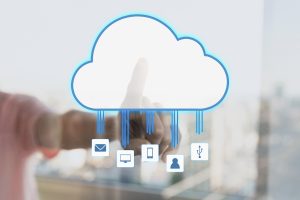As we know today, Corporate America is now one of the prime targets for Cyber-attacks. It does not matter the origin of it, what matters is that a large scale attack can bring a multinational corporation down to its knees in just a matter of minutes. A Cyber-attack can take many different forms, and very often, they are cover in nature-meaning, the intended victim does not know that they have been hit until it is too late.
But, a Cyber based attack is very often a variant of any or all of the following:
- Malware:
This is an attack where a piece of malicious code is injected into the Operating System of a server, a workstation, a laptop, and now-even a wireless device such as a Smartphone. A
popular form of this attack is known as the SQL Injection, where malicious SQL code is injected into a SQL Server database in order to hijack the information that is in it. - Spyware:
This is where an invisible like, covert program can enter into the Information Technology environment of an organization, and actually record the keystrokes which are being type on the
computer keyboards of either all or a select group of employees. A prime example of this is the “Trojan Horse”. - Adware:
This is where an innocent looking pop up message appears in your Web Browser. You are often tempted to click on it, because it could have an enticing coupon or other free offering. Although
simply clicking on the ad won’t affect you, but it will take you to a spoofed website which will like the real thing.
Now, there is a new kind of Ware-based attack which is considered to be amongst the most dangerous: Ransomware. This type of attack is a variant of a Malware Attack, but rather than lingering around in your computer for quite a long time, Ransomware takes “hostage” of your computer. This can happen in one of two ways: 1) It can lock your entire computer (or even wireless device) by freezing the login screen; or 2) Allowing to access your computer, but instead locking out specific files and folders which you may commonly access.
However, the frightening part of a Ransomware attack is the name it implies: You have to pay money to the Cyberattacker in order to gain access once again to your computer or blocked files/folders.
However, simply cash through Western Union will not do. Instead, the Cyber attacker will want to be paid via a virtual currency, known as “Bitcoins”.
A much more sophisticated form of a Ransomware attack is known as a “Crypto ransomware Attack”. In these instances, the files and folders are encrypted, and the ransom can only be paid by initiating a specific decryption process, as specified by the Cyber attacker.
In our next blog, we look at ways as to how you can






